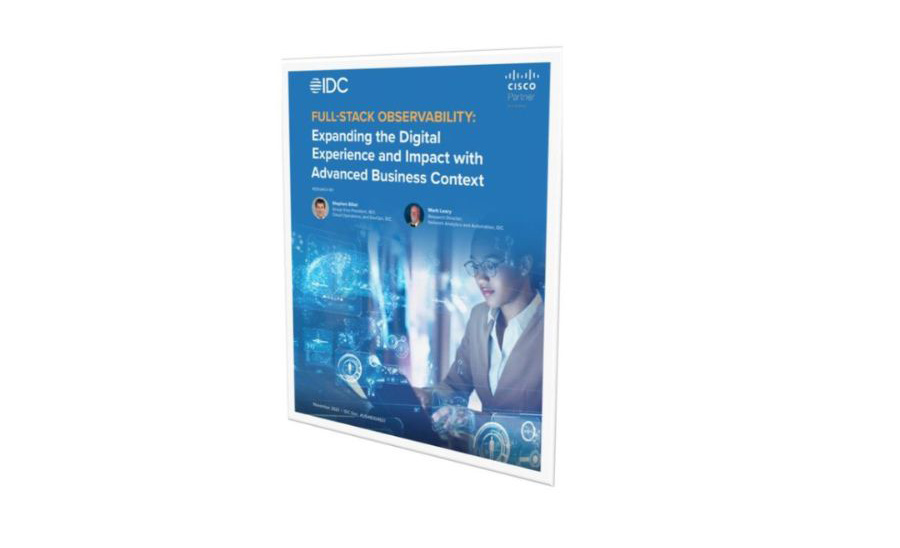Security challenges and lessons in a post COVID world
Recently some IT leaders discussed with me their experiences managing a secure environment amidst the COVID upheaval. – Charlie Tannous, Director of...

I recently moderated a roundtable with IT leaders and discussed the three distinct phases of workforce transformation that emerged as a result of the pandemic. – Charlie Tannous, Director of Technology
The restrictions put in place in response to the COVID-19 pandemic triggered massive and rapid changes to the ways organisations do business. Some of these changes meant accelerating a process that was already underway, while some of them came out of the blue, and in many cases exposes gaps that might have gone detected otherwise.
Organisations are now fast-tracking projects that would otherwise have taken years down to months or weeks.
In this blog we’ll take a look at the three distinct phases of workforce transformation as a result of the pandemic.
The first phase involves rapidly scaling up to remote working, which most organisations have already done. This meant finding efficient ways to use collaboration and video-conferencing tools from any location, while staying secure.
A significant learning was how the first phase exposed limitations in the tools people use to access remote working, thanks to the massively increased workloads.
When most staff traditionally working in an office, moving users to work from home did immediately cause load balancing issues in some organisations. If not managed properly, the remote workforce can experience performance issues, particularly associated with people doing video conferences.
Sudden mass adoption has exposed capacity and security issues that people were not concerned about before, an apps like Zoom have been forced to up their security as a result.
Business continuity is difficult at the best of times, but the lesson from COVID-19 is it must change to fit with any accelerated transformation.
This second phase involves going back to business continuity plans and realigning them with the new reality, and automated tools offer help when old habits and processes can’t be implemented anymore.
Five years ago, people were running applications like SAP and Exchange on-premises. Fast-forward to today, half of those applications are sitting in AWS or being consumed as a service, and this is happening in literally every organisation.
For business continuity to adapt, people need to align what’s out, what’s in, and what should we start to aggressively push out as well.
Automation can play a key part in business continuity and security. With APIs events can trigger an automatic response to pinpoint what’s happening in the environment and neutralise it.
Thirdly, the final phase addresses the new norms of a distributed and remote workforce where work ‘comes to you’.
This ongoing phase will increase importance of Cloud-based (SaaS and IaaS) products and have lasting consequences for the work environment, from commercial real estate to approaches to office layouts and hot-desking.
Consuming things more as a service will start to become the norm and it’s not one size fits all. People will be working from home more regularly, but there will still be the need for the social contact and everything else that comes with working.
COVID-19 has resulted in the most rapid workplace transformation in modern history, and it has served as a wake-up call for traditional security and business continuity practices.
The new workplace has made us think about improving remote worker security and application access in the event of a problem. And the benefit is we are now better prepared for future change.
Find more lessons from the curve at covidlearningcurve.com

Recently some IT leaders discussed with me their experiences managing a secure environment amidst the COVID upheaval. – Charlie Tannous, Director of...

In today’s rapidly changing technological landscape, the ability to execute a swift and efficient IT transformation can determine an organisation's...

This paper outlines the critical aspects of full-stack observability: what it is and why itʼs different from traditional monitoring. It empowers a...